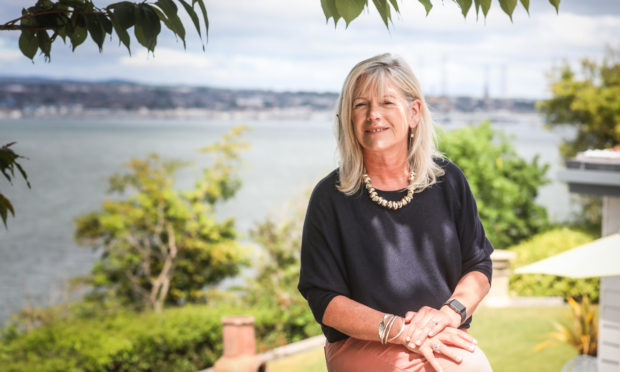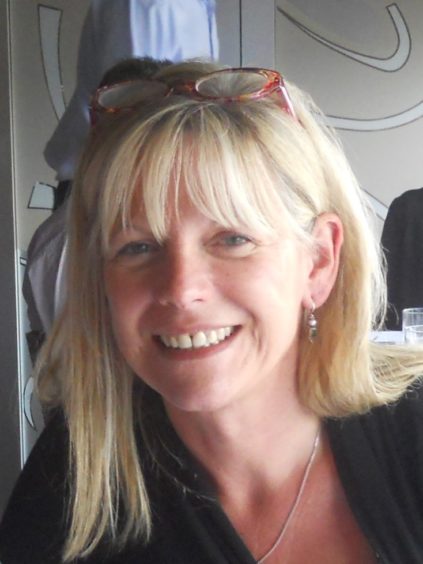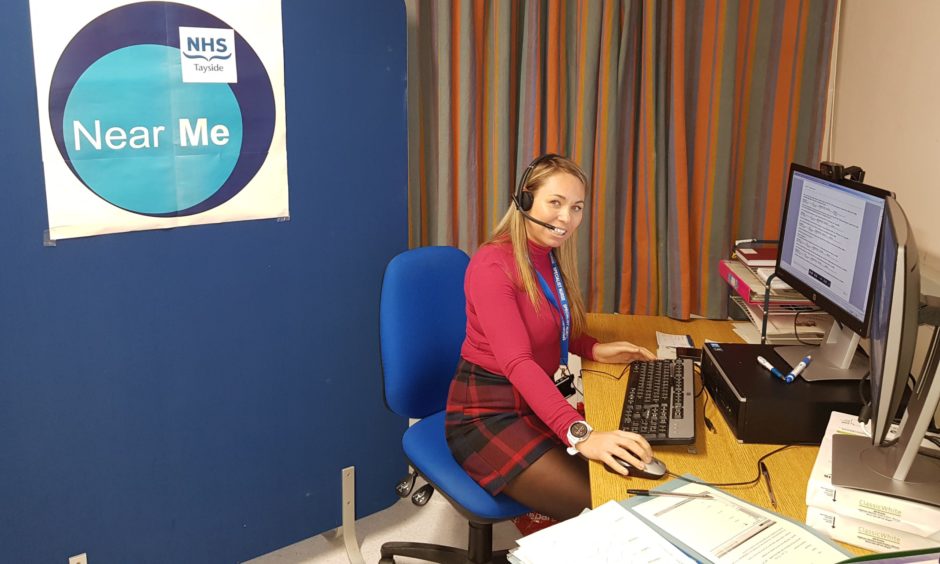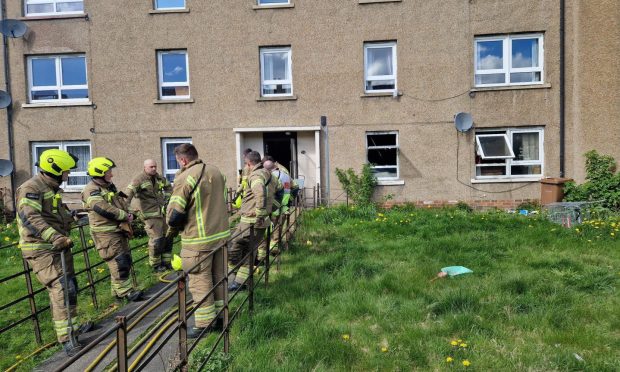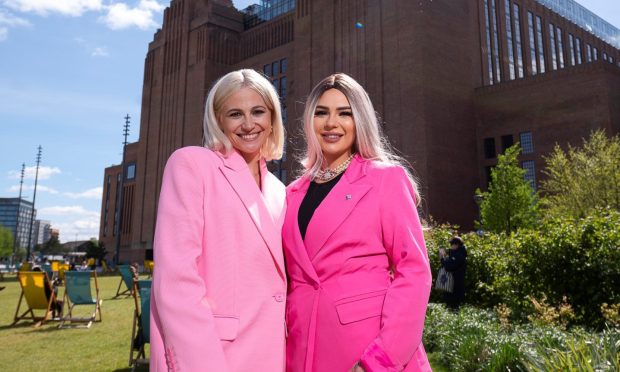Emergency measures taken to stem the coronavirus spread have “escalated” plans to move more healthcare online, according to a senior Scottish Government clinical advisor.
Online video sessions with doctors and other health professionals have rocketed since surgeries started shutting their doors to patients from March 16 at the beginning of the pandemic.
But there are fears patients living in the region’s least wealthy areas – who suffer some of the most debilitating health problems in Scotland and have been hardest hit by Covid-19 – will be further shut out from accessing services.
Dr Lesley Holdsworth, Scottish Government clinical lead for digital health and care, told The Courier: “The current situation has made both clinicians and the public consider other ways of accessing healthcare using technology in different ways and it has enabled us to be able to deliver a service to people digitally.”
Clinicians held only 54 virtual consultations in the first week of March in the Tayside area, prior to the introduction of social distancing measures.
Healthcare professionals have now delivered more than 25,000 online and telephone consultations locally, the health board has said.
The figures are reflected nationally with more 100,000 video consultations delivered across Scotland since beginning of March.
Dr Holdsworth, who lives in Newport and has been seconded to the Scottish Government from Glasgow Caledonian University, said part of the government’s response to the pandemic has been to “escalate our strategy of rolling out more digital healthcare.”
“The experience of Tayside mirrors what we are seeing all over Scotland,” she said.
“There were only 300 video consultations across Scotland in February. Last week alone, there were 14,200.
“That just shows you the scale and pace of the change. It also shows how many members of the public are embracing it.”
She said the increasing use of online consultations was “without a doubt” here to stay.
She highlighted the role the technology could continue to play in the routine management of long-term conditions such as asthma, hypertension, chronic pulmonary disease and diabetes that require regular contact with healthcare services.
“This will be much more routine but healthcare professionals can always bring patients in if they need to physically see them,” she said.
Members of the NHS Tayside board were recently told that as many as 98% of patients had expressed satisfaction with the services they had received.
Commenting on the digital uptake, Tayside public health director Dr Drew Walker said use of the technology would enable his team to tackle health inequalities.
He said: “That’s a remarkable achievement and a great tribute to our clinical staff and also our IT colleagues.
“Quite apart from any other benefits that come out of that, we will have a positive impact on reducing health inequalities and promoting health equity.
“People, who historically have made less good use of our services, will be able to use these services better and will derive more benefit and it is part of what I describe as a transformational public health approach.”
Clinicians in Tayside use a system called ‘Near Me’ to deliver sessions. It allows patients to use their own digital device to enter an ‘online waiting area’ for their booked appointment.
The technology behind the service has been designed specifically for the health care sector and helps clinicians to speak to their patients remotely.
Councillor Michael Marra, Labour, whose Lochee ward contains some of the worst public health outcomes in Scotland, said he was worried about the effect of the digital switch on the poorest households.
He called for more “urgent analysis” before further strategic decisions were made.
He said: “The impact of the pandemic has been worst for the poorest in society. Public health inequalities, which have left the poorest at most risk, have widened markedly in much of Tayside in recent years.
“We also know that people living in the poorest households are three times less likely to have access to digital services in comparison to those who are better off.
“Of these 25,000 consultations how many were with the most disadvantaged groups? I look forward to seeing that evidence.
“Expanding fair access to health services needs this kind of urgent analysis before strategic decisions are taken to focus on digital consultations,” he said.
